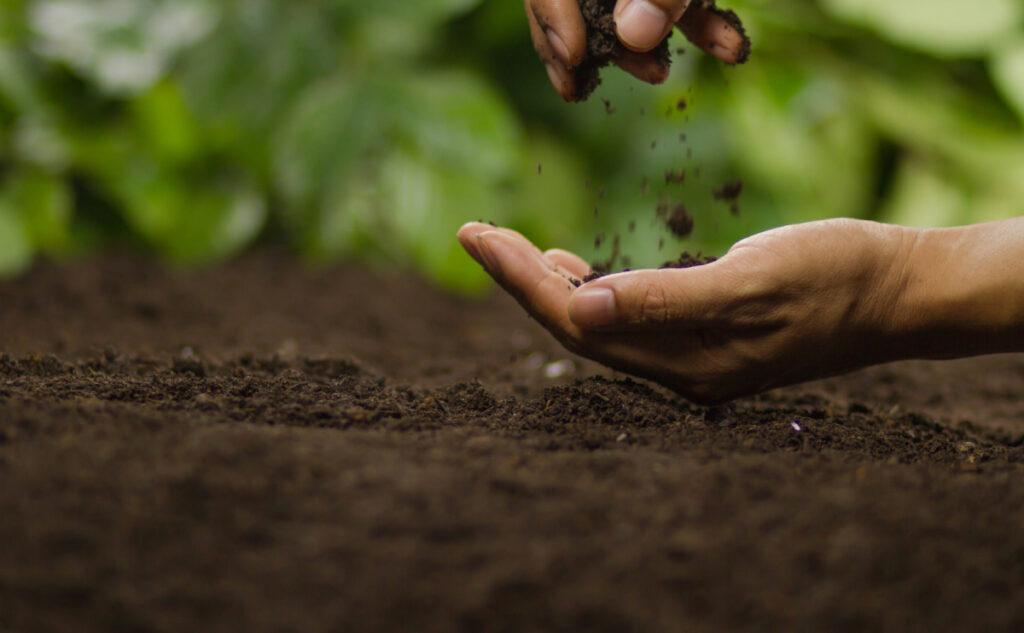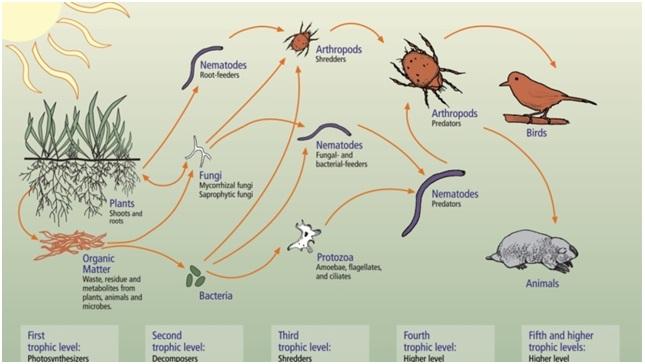
The Secret World Beneath Our Feet
A huge and complex ecosystem exists underneath the Earth’s surface, fundamental to life and environmental balance. This ecosystem is comprised of soil microbes, a diverse community of microorganisms, including bacteria, fungi, and protists, which are integral to global ecological processes.

These microorganisms are indispensable for sustainable food production. They facilitate the decomposition of organic matter to release vital plant nutrients, convert atmospheric nitrogen into bioavailable forms, and synthesize compounds that enhance plant growth and disease resistance. Their role in supporting nutrient cycles, maintaining soil fertility, and forming the foundation of terrestrial food webs is critical for ecosystem function and human survival.
The soil food web is the group of organisms living fully or proportion of their lives in the soil. It represents a complex living system in the soil and how it corresponds with the environment, plants, and animals. The exchange of energy among species within an ecosystem is referred to as a food web. In general, it falls into the range of life, from insects and earthworms to small mammals and the microbiome.

Functions of Soil Microbes –
The key functional roles of soil microbes are extensive and include –
Nutrient Cycling and Availability: This includes the mineralization of organic matter into plant-available nutrients, biological nitrogen fixation, and facilitating nutrient exchange with plant root systems.
Decomposition and Organic Matter Processing: Microbes break down organic materials, returning nutrients to the soil and enabling carbon sequestration through the formation of stable organic compounds.
Soil Structural Formation and Health: Microbes produce substances that bind soil particles into aggregates, which improves soil structure, aeration, water infiltration, and erosion control.
Plant Growth Promotion and Disease Suppression: Microbial activities include the production of phytohormones, the suppression of plant pathogens through competition and antagonism, and the formation of symbiotic relationships (e.g., mycorrhizal fungi).
Environmental Regulation: Microbes are primary agents in the production and consumption of greenhouse gases and are capable of biodegradation of environmental pollutants.
Factors Impacting Microbial Health –
There are several factors that negatively impact the health, functionality and productivity of the soil microbes –
Physical Stressors: Extreme temperatures, moisture extremes (drought and flooding), and soil compaction.
Chemical Stressors: Soil pH imbalance, contamination from heavy metals and pesticides, and excessive fertilizer and pesticide application.
Biological and Agronomic Stressors: Low organic matter content, tillage practices that cause habitat disruption, and monocropping, which reduces microbial diversity.
